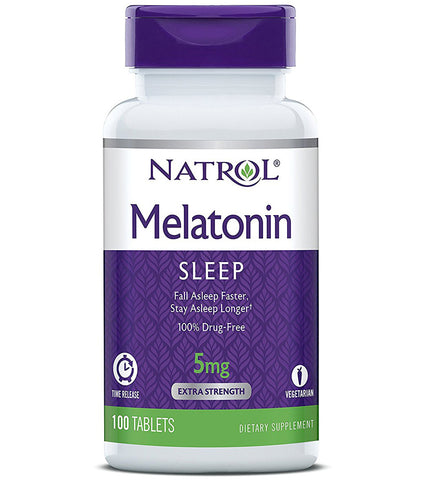KORDON - Rid-Ich Plus Disease Treatment - 4 fl. oz. (118 ml)
HEALTHCARE DISCLAIMER
The products sold on this site are not approved to diagnose, treat, cure or prevent disease. Information on this site including any product label or packaging should not be considered as a substitute for advice from a healthcare professional.
This Site is not intended to provide diagnosis, treatment or medical advice. Products, services, information and other content provided on this Site, including information that may be provided on this Site directly or by linking to third-party websites are provided for informational purposes only. Please consult with a physician or other healthcare professional regarding any medical or health related diagnosis or treatment options.
Always check the product label or packaging prior to using any product. If there are discrepancies, customers should follow the information provided on the product label or packaging. You should contact the manufacturer directly for clarification as to product labeling and packaging details and recommended use. Please also consult your physician for a complete list of indications, warnings, precautions, adverse events, clinical results, and other important medical information.

All Vitamin Grocer orders are shipped from the East Coast of the United States. Vitamin Grocer offers two shipping options with different costs depending upon whether or not your order value is greater than $75. The standard processing time for all orders is 2 business days.
Vitamin Grocer's standard shipping option is DHL eCommerce's Packet International service. DHL transports the package from the Vitamin Grocer warehouse to your local mail carrier who delivers the package to your front door. Orders over $75 ship for FREE using this service. See table below for more details.
In addition, Vitamin Grocer now offers a shipping option with door-to-door tracking for an additional charge. This service is DHL eCommerce's ePacket service. Unlike our standard service, which generally only provides tracking up to the port of entry of the destination country, ePacket provides door-to-door tracking with delivery confirmation. See below for rates and additional details.
In addition to Australia, we also ship to New Zealand.
NOTE : ORDER VALUES AFTER ALL DISCOUNTS HAVE BEEN APPLIED ARE USED IN CALCULATIONS FOR FREE SHIPPING
SHIPPING OPTIONS
ORDERS LESS THAN $75
ORDERS GREATER THAN $75
FREQUENTLY ASKED QUESTIONS
Vitamin Grocer Australia
Property of Lycka, LLC
2221 Industrial Highway
York, PA 17402
USA












